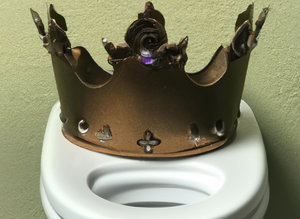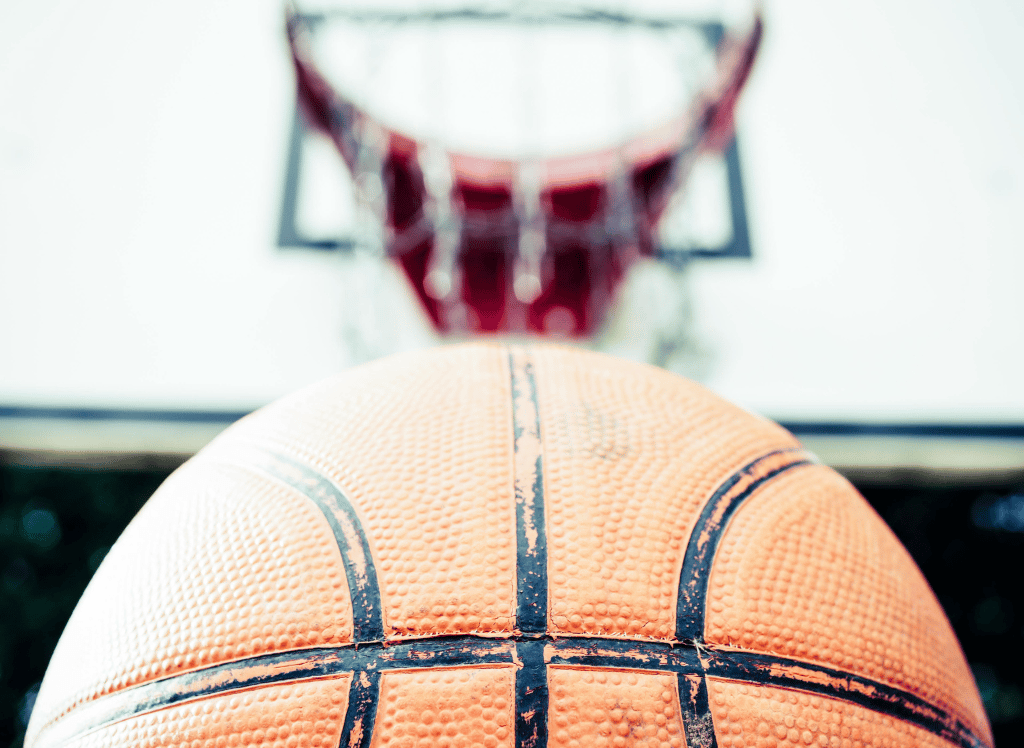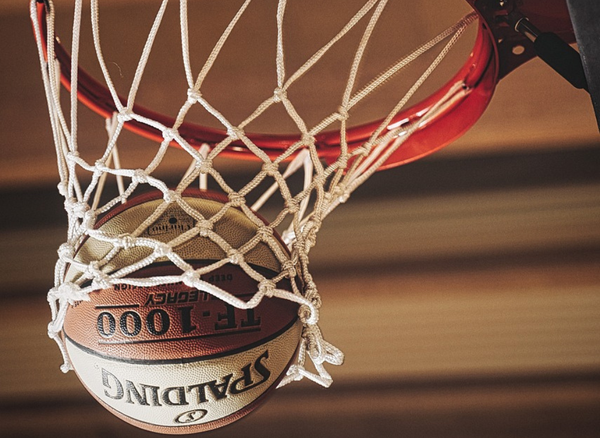Basketball fans, hoop dreamers, and trivia buffs, gather around! We're about to embark on a journey through the world of NBA basketball sizes. Forget the snooze-fest of stats and measurements; we're here to inflate your knowledge with some air-tight facts and a few chuckles along the way. So, lace up your sneakers, and let's dribble through the ins and outs of the rock that makes the game we love a swishing good time!
The Official NBA Bounce
When it comes to the officially approved NBA ball, size matters. The NBA players, those towering titans of the hardwood, handle a ball that's about 29.5 inches in circumference.
That's the same size as the ego of the guy who always calls "next" at your local court but never passes the ball. This official size is also known as a size 7, which is not to be confused with your shoe size, unless you're a clown.
Material Matters
The NBA's game balls are made of glorious leather, the kind that would make a cow proud. This leather ensures a grip that allows players to showcase their full potential, from ankle-breaking crossovers to posterizing dunks. The indoor basketballs used in the NBA are typically made of full-grain leather, which is not vegan-friendly but certainly game-ready.
High School Hoops
Now, let's talk about the high school basketball leagues. They use the same size as the NBA, because why mess with a good thing? However, the material might differ, with some opting for composite or synthetic leather, which is like the NBA ball's less cool cousin. It's still good for the game but doesn't get invited to the fancy parties.
Women's World of Basketballs
In women's professional basketball associations, 28.5" basketballs are used.
This smaller ball is designed to accommodate typically smaller hand spans, allowing for better control and, let's be honest, some sick moves that deserve their own mixtape.
Youthful Bounces
Youth basketball leagues often use even smaller balls to match the players' physicality.
It's like the kid brother of the NBA ball, trying to play with the big boys but still needs some growing up to do.
International Affairs
The International Basketball Federation (FIBA) plays by its own rules, with its own ball size. The FIBA ball has the same circumference of 29.5 inches, but with extra panels; 12 panels versus 8 panels.
Air Pressure and You
Let's not forget about air pressure.
That's pounds per square inch for those who snoozed through science class. Get it wrong, and you'll either be dribbling a rock; or a beach ball.
The Great Outdoors
Outdoor basketballs are a different breed. They're made of rubber or composite materials to withstand the mean streets (or the friendly confines of your driveway). They're like the rugged action heroes of sports balls, tough and ready for anything.
NCAA Notables
The NCAA, where future NBA stars are born, uses the same size ball as the women's leagues. It's a size 6, which is perfect for the college game, where fundamentals are king and the three-pointers rain like confetti. The NCAA men's leagues use the same size as the NBA; size 7.
The Weight of the Game
The standard weight of an NBA basketball is about 22 ounces. That's the same weight as 1.375 loaves of bread, but please, don't try to make a sandwich with it. The ball's weight ensures it can take the pounding of the game without turning into a pancake.
The Ring's the Thing
The basketball ring, or hoop for the layman, has an inside diameter of 18 inches. That's just big enough to make those buzzer-beaters possible and just small enough to make you question your life choices when you miss an open layup.
Basketball Size FAQs
What is the official NBA basketball size?
The official NBA basketball size is a circumference of 29.5 inches, also known as a size 7 ball.
Are women's and youth basketball sizes different from the NBA's?
Yes, the WNBA uses a size 6 ball with a circumference of 28.5 inches, while youth leagues use even smaller balls, such as size 5 for boys and girls ages 9-11, which measures about 27.5 inches.
Can the same basketball be used for both indoor and outdoor games?
While you can technically use any basketball indoors or outdoors, it's best to use a ball designed for the specific environment. Indoor basketballs are usually made of leather for better grip on smooth surfaces, while outdoor basketballs are made of rubber or composite materials to withstand rougher, outdoor courts.
Summary
In the realm of NBA basketball sizes, the ball is more than just a sphere—it's the heart of the game. From the leather-clad official ball to the rugged outdoor basketballs, each size and material is tailored to the level of play, whether it's the bright lights of the NBA or the earnest efforts of youth leagues. Remember, whether you're a pro or just shooting hoops in the driveway, the right ball can make all the difference in sinking that game-winning shot or just having a ball.









